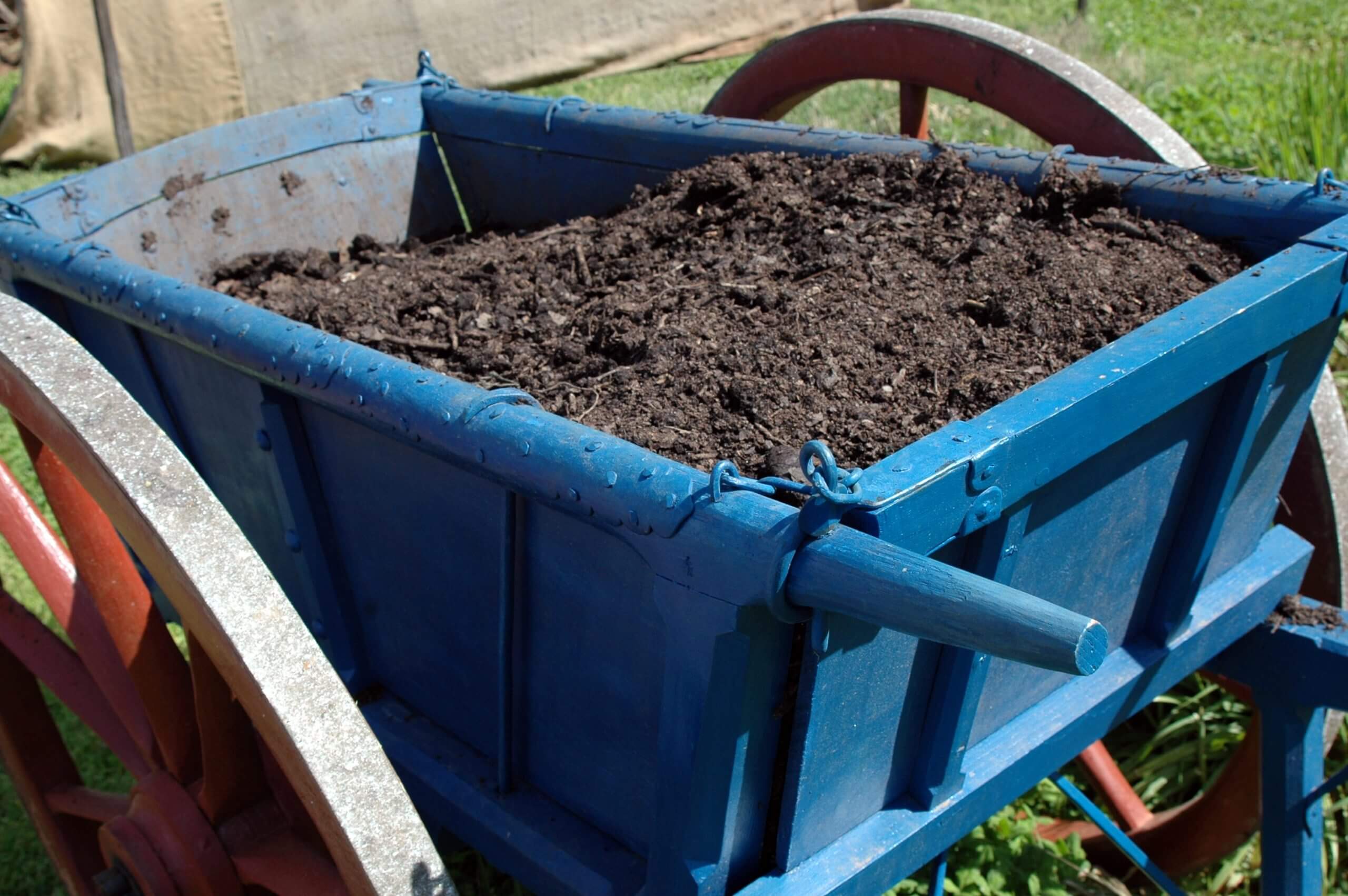 Reusing old potting soil is a bad idea. Would you risk your crop to save $25? Of course not, so why would you reuse growing media that may prove less than ideal for your valuable plants? This is the question every grower weighs after harvest: Whether to replace the growing media or reuse it another time.
Reusing old potting soil is a bad idea. Would you risk your crop to save $25? Of course not, so why would you reuse growing media that may prove less than ideal for your valuable plants? This is the question every grower weighs after harvest: Whether to replace the growing media or reuse it another time.
If you’re still not sure, consider the triple threat: Three very important reasons why fresh Sunshine Advanced soilless media will always perform.
Threat #1 Decomposition
Eventually all organic matter will break down, particularly when mycorhizzae and other fungi begin their slow process of decomposition. As these organic components become weakened and lose their integrity, the media no longer maintains its original structure. The material can pack down, air gaps between particles collapse and roots can suffer for lack of oxygen. When this occurs, it’s false economy to reuse the mix.
Threat #2 Infection
Problems that can result from reusing media make professional growers skeptical about reusing any kind of potting soil. It’s rooted in the concept of crop rotation. Grow tomatoes too many seasons in the same place and you risk virus disease. Similarly, growing in the same media gives disease time to reproduce and concentrate its numbers to a level that can infect your plants. The same applies to tiny pests which can be easily introduced in egg form during the growing process, then flourish into infestation with the next consecutive crop.
Threat #3 Toxicity
Crops in reused media are always vulnerable to the invisible killer, cumulative toxicity. This often occurs when salts build up in the organic matter whether it is from plant foods or your local water supply. Azalea growers have always feared the potential of alkalinity altering potting soil pH beyond this acid lover’s limits, and the same may occur in your media as well. And if you’ve experimented with various nutritional products, there is a real potential to end up with excesses of potentially dangerous micronutrients such as Boron, for example, which can severely damage plant growth. Such toxicities are nearly impossible to identify without complete soil analysis, and that alone costs as much as new media.
Recycle Sunshine Advanced in Your Outdoor Garden
Even when a used soilless mix is too risky for your valuable hydroponic or indoor crops, this is a perfect blend of mineral, organic and microbial organisms to boost your outdoor gardening efforts. Here are five ways to save money and recycle for better soils outdoors:
- Blend with potting soils. Use discarded media to fortify weaker potting soils used outdoors by blending into a rich mix for container grown herbs, flowers and vegetable plants.
- Compost. Add to the compost pile to bring residual nutrients and a finely ground dose of organic matter plus mycorrhizae to your decomposing heap.
- Backfill amendment. Due to the mineral components such as perlite, this used media makes a fine soil amendment to lighten heavy clays by adding to planting hole backfill.
- Increase water-holding. Where soils are sandy, the coir and peat in these soilless mixes can be worked into existing earth to increase water-holding capacity.
- Introduce mycorrhizae. Where soils are lean and microbe activity is minimal, the mycorrhizae in used media can introduce these vital organisms to your home ground.

